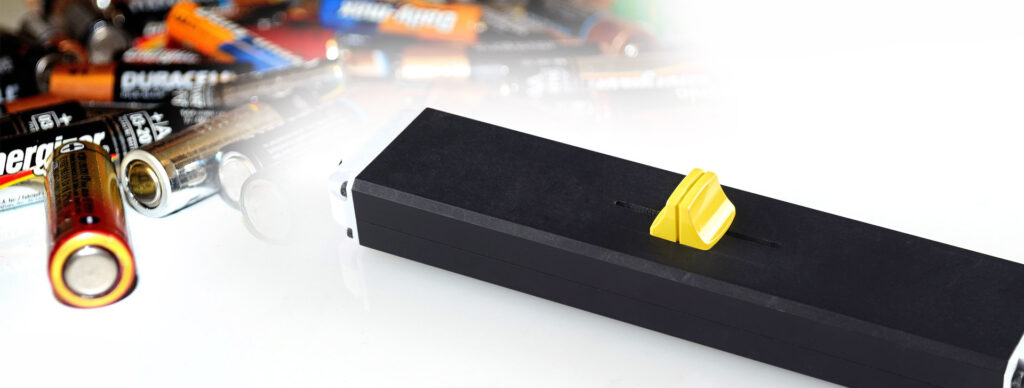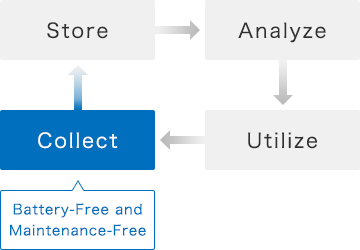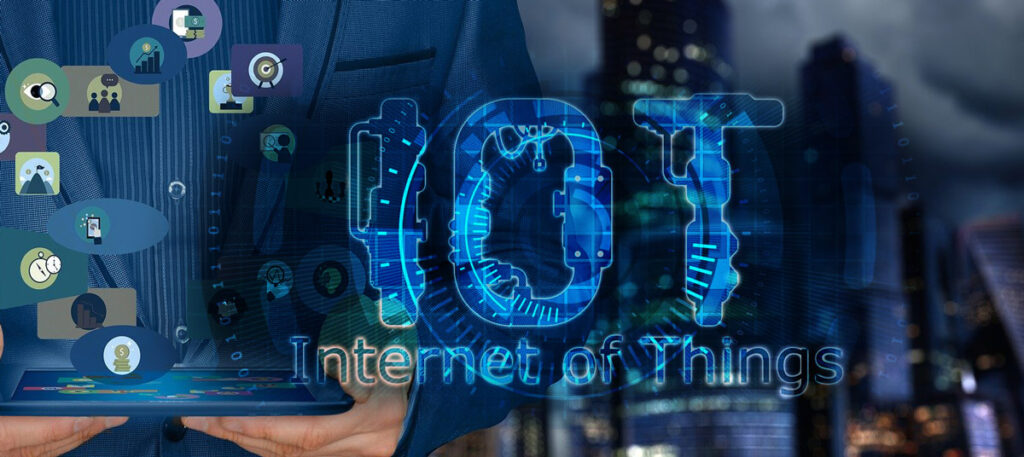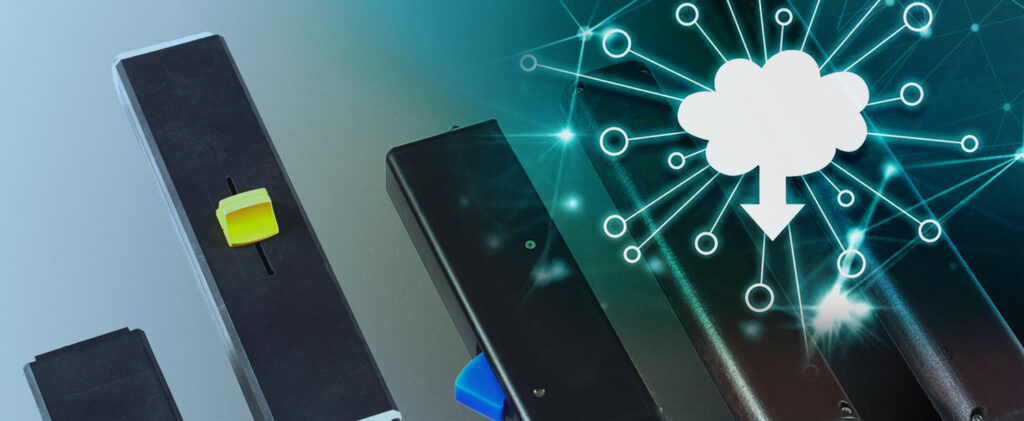Securing power for IoT devices

In recent years, the market has seen the long-awaited introduction of devices and systems that communicate information to all sorts of other devices that have communications capabilities, IoT and M2M devices being the most notable examples.
The energy efficiency of sensors and telecommunications modules used in such devices has improved significantly. The conversation now centers around how to continue to supply power while changing batteries or recharging power sources.
However, devices such as livestock monitoring where changing batteries or recharging is not practical due to the number of appliances require a different approach. As a solution to these long-term power supply requirements, energy harvesting, which turns kinetic energy of the surroundings into electrical energy, and sensors and telecommunications modules that use energy harvesting as a power source are gaining attention.

Accumulations, analysis, utilization, collection
- No battery
- No maintenance
Orbrays focus on developing energy harvesting devices with simple mechanisms that can achieve high power generation. We have a full line-up of demonstration devices that can output tens to hundreds of milliwatts.
Vibration-powered Sensors and Wireless Transmitters
-
What is Energy Harvesting? What are Energy Harvesting Challenges?

-
Transmission Distance of IoT Devices

-
100 times faster than 5G! What is possible with 6G?

-
Issues in implementing Energy harvesting devices

-
IoT devices that operate without power supplies

-
What are smart factories? The benefits of introducing IoT in factories.



